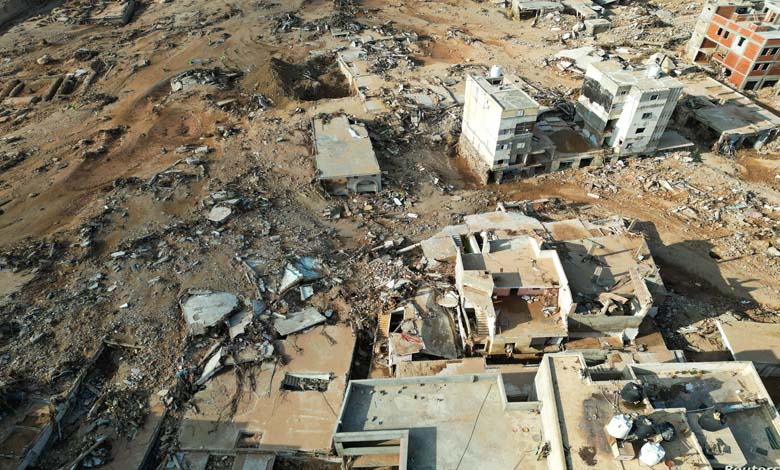Devastating Storms: How has climate change led to catastrophic floods?

The massive loss of human lives on multiple continents underscores the profound danger posed by rainfall storms driven by climate change.
It is essential to establish better warning systems and infrastructure to protect the most vulnerable populations.
In early September, a storm affecting Spain, known as Storm Daniel, which formed in the eastern Mediterranean, brought significant rainfall for 10 days across several countries, including Spain, Greece, Bulgaria, Turkey, and Libya.
Heavy rains resulted in massive flooding throughout the region, claiming four lives in Bulgaria, five in Spain, seven in Turkey, and 17 in Greece, according to a statement released by WWA.
In Hong Kong, a record six inches of rain fell in a single day, causing flash floods in this densely mountainous city, sweeping away cars and inundating underground stations. In Brazil, floods caused by a hurricane killed more than 20 people and left a large part of southern Brazil underwater.
However, the most significant catastrophe occurred in Libya, where floods led to the collapse of two dams. The exact number of casualties remains uncertain, with varying estimates from government officials and humanitarian agencies ranging from around 4,000 to 11,000 deaths.
In this regard, meteorologists noted that Storm Daniel, short for a tropical cyclone in the Mediterranean, was an unusually potent “medicane.”
Scientists have found that human-induced climate change made a disaster in Libya 50 times more likely, with precipitation increasing by up to 50% during that period due to human-caused greenhouse gas emissions.
In this context, scientists used well-established, peer-reviewed methods to determine the contribution of climate change to the floods. Overall, according to WWA, the event remains “very unusual” and can occur only once every 300 to 600 years in the current climate.
Researchers also found a connection between climate change and the floods caused by Storm Daniel in Greece, Turkey, and Bulgaria before reaching Libya, although this link was not entirely solid. They estimated that in these regions, global warming had increased the risks of heavy rainfall tenfold.












